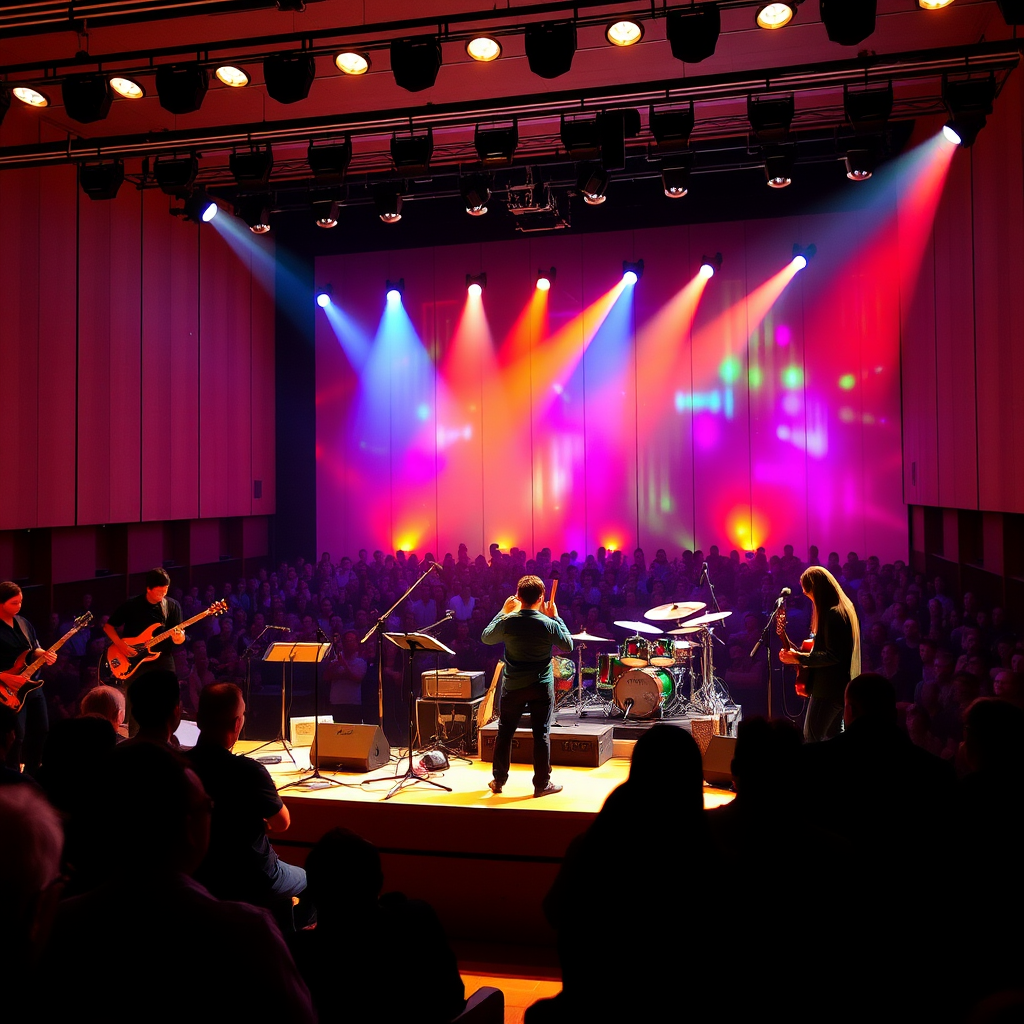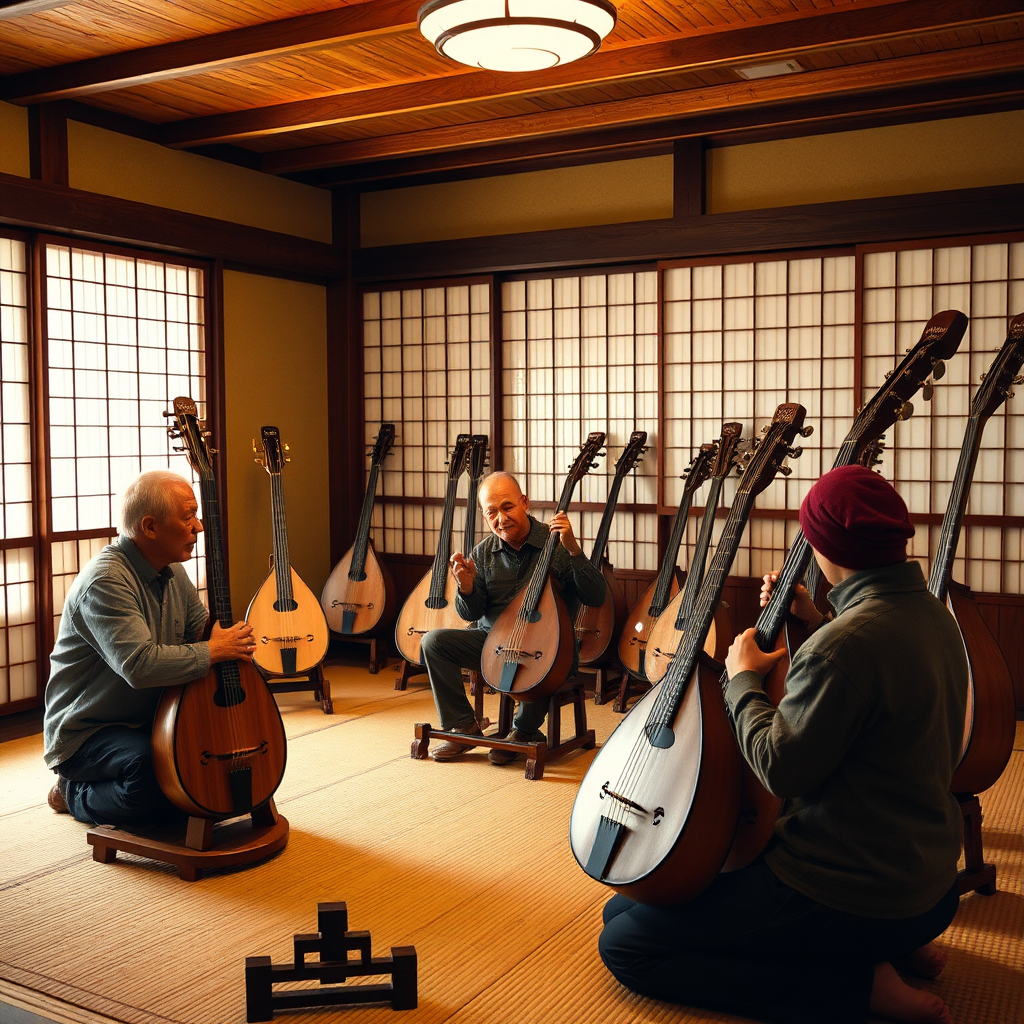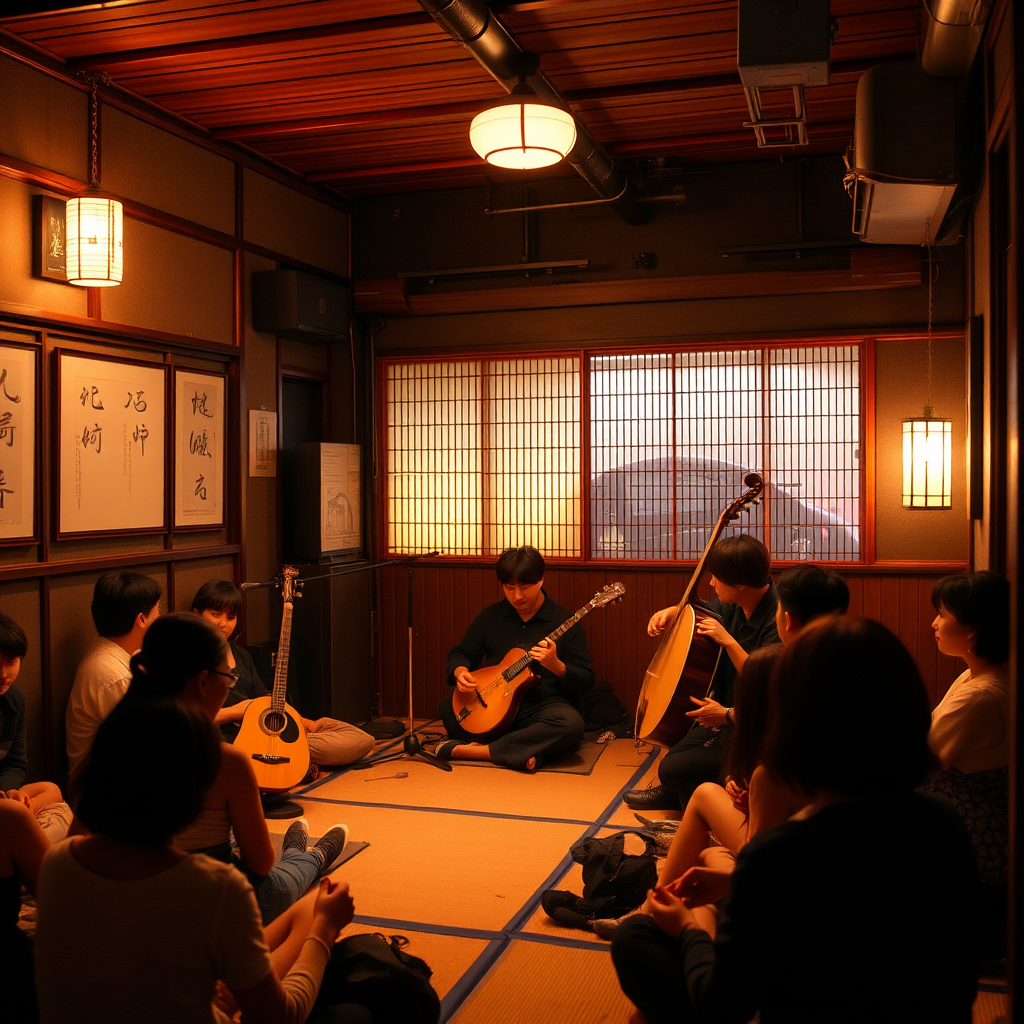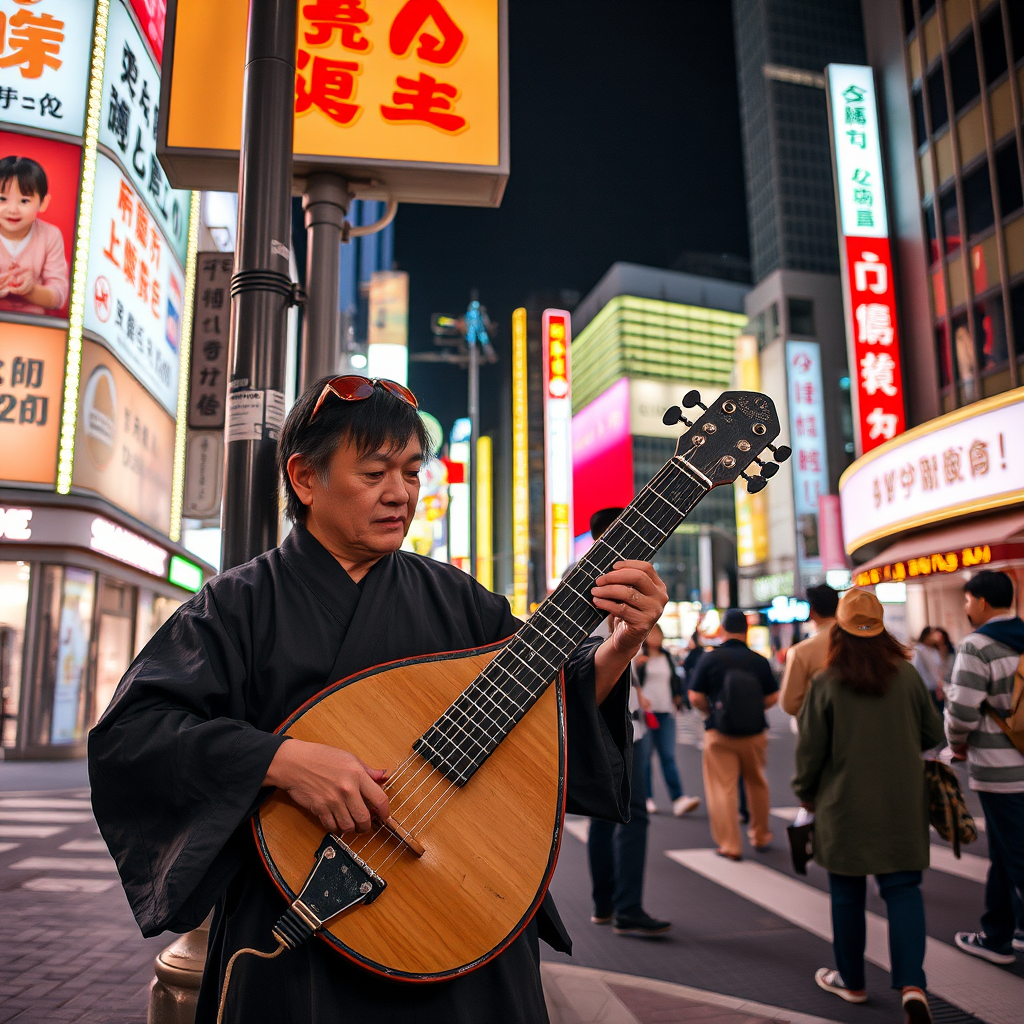In the heart of Tokyo's bustling Shibuya district, where neon signs flash and crowds surge through the famous crossing, an unexpected sound cuts through the urban symphony—the haunting melody of a three-stringed shamisen. This ancient instrument, once confined to traditional theaters and tea houses, is experiencing a remarkable renaissance in Japan's modern musical landscape.
The Shamisen's Urban Awakening
The shamisen, with its distinctive plucked strings and resonant wooden body covered in cat or dog skin, has been a cornerstone of Japanese classical music for over 400 years. Traditionally associated with kabuki theater, bunraku puppet shows, and geisha performances, this instrument is now finding new life in Tokyo's contemporary music scene.
Street performers have embraced the shamisen as a bridge between Japan's cultural heritage and its modern identity. In areas like Shibuya, Harajuku, and Shinjuku, musicians blend traditional shamisen techniques with contemporary genres, creating a unique fusion that captivates both locals and international visitors.

From Street Corners to Concert Halls
The transformation of shamisen music extends beyond street performances into formal concert venues. Contemporary musicians are incorporating the instrument into rock, jazz, and even electronic music compositions. This musical evolution demonstrates how traditional instruments can adapt and thrive in modern contexts while maintaining their cultural significance.
Young Japanese musicians, trained in both classical music traditions and contemporary styles, are leading this movement. They understand that preserving cultural heritage doesn't mean keeping it static—instead, they're proving that tradition can evolve and remain relevant to new generations.
The Therapeutic Power of Traditional Sounds
Beyond entertainment, the shamisen's resurgence has found applications in music therapy. The instrument's unique tonal qualities and the meditative nature of its playing technique have proven beneficial for stress relief and emotional healing. In Tokyo's fast-paced environment, many residents are discovering the calming effects of traditional Japanese music.
Music therapy practitioners are incorporating shamisen sessions into their treatments, finding that the instrument's distinctive sound helps patients connect with Japanese cultural roots while providing therapeutic benefits. This application bridges the gap between traditional healing practices and modern wellness approaches.

Inspiring a New Generation
The urban shamisen movement is inspiring young musicians to explore their cultural heritage in new ways. Music schools across Tokyo are reporting increased enrollment in traditional instrument classes, with students eager to learn techniques that can be applied to contemporary compositions.
This renewed interest in the shamisen reflects a broader trend of cultural rediscovery among Japan's youth. As globalization continues to influence Japanese society, many young people are seeking ways to maintain connections to their cultural identity while embracing modern artistic expression.
The Future of Traditional Music in Urban Spaces
The success of shamisen in Tokyo's urban environment suggests a promising future for traditional Japanese instruments in contemporary settings. As cities worldwide grapple with preserving cultural identity amid rapid modernization, Tokyo's shamisen renaissance offers a model for how traditional arts can adapt and flourish.
The integration of shamisen into modern musical genres demonstrates that classical music traditions need not be museum pieces—they can be living, breathing art forms that continue to evolve and inspire. This evolution ensures that future generations will have access to their cultural heritage in forms that resonate with contemporary life.

As the shamisen continues to find its voice in Tokyo's urban symphony, it serves as a powerful reminder that tradition and innovation can coexist beautifully. The three strings that once accompanied ancient stories now tell new tales of cultural resilience, artistic evolution, and the enduring power of music to connect past and present.
In the glow of city lights and the rhythm of modern life, the shamisen's ancient voice continues to resonate, proving that some melodies are truly timeless—they simply need new stages on which to perform.
